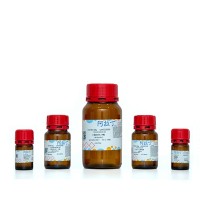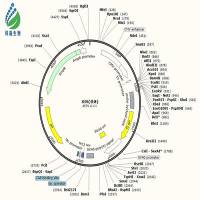Measuring mtDNA Damage Using a Supercoiling-Sensitive qPCR Approach
互联网
852
Compromised mitochondrial DNA structural integrity can have functional consequences in mitochondrial gene expression and replication leading to metabolic and degenerative diseases, aging and cancer. Gel electrophoresis coupled with Southern blot and probe hybridization and long PCR are established methods for detecting mtDNA damage. But each has its respective shortcomings: gel electrophoresis is at best semi-quantitative and long PCR does not offer information on the structure. To overcome these limitations, we developed a new method with real-time PCR to accurately quantify the mtDNA structural damage/repair and copy number change. We previously showed that the different mtDNA structures (supercoiled, relaxed circular, and linear) have profound influences on the outcome of the real-time PCR amplification. The supercoiled structure is inhibitory to the PCR amplification, while relaxed structures are readily amplified. We will illustrate the use of this new method by quantifying the kinetics of mtDNA damage and repair in LNCaP prostate cancer cells induced by exogenous H2 O2 treatments. The use of this new method on clinical samples for spontaneous mtDNA damage level will also be highlighted.









